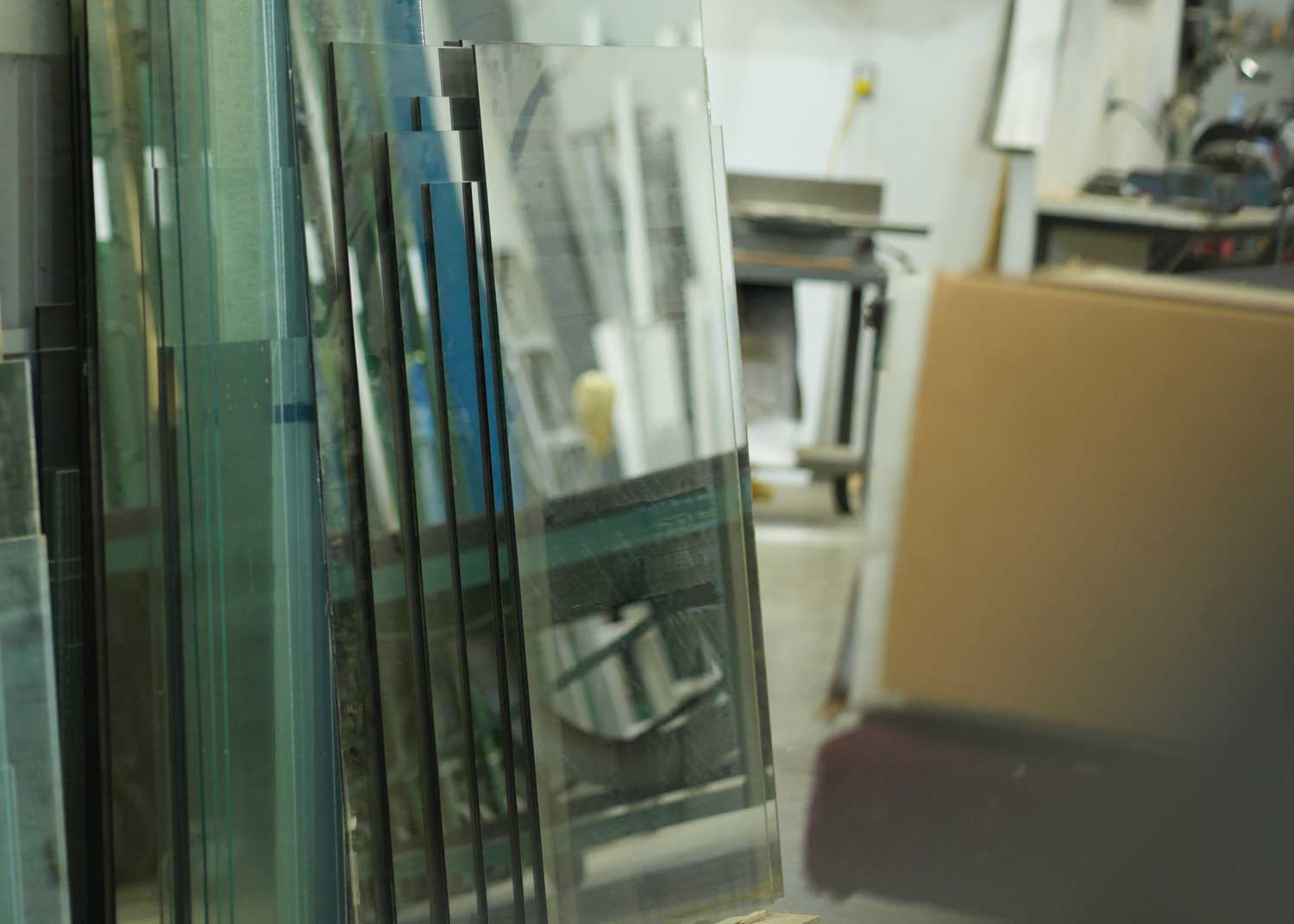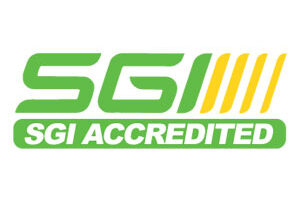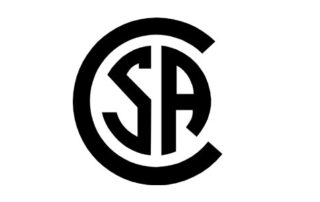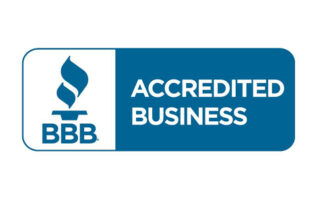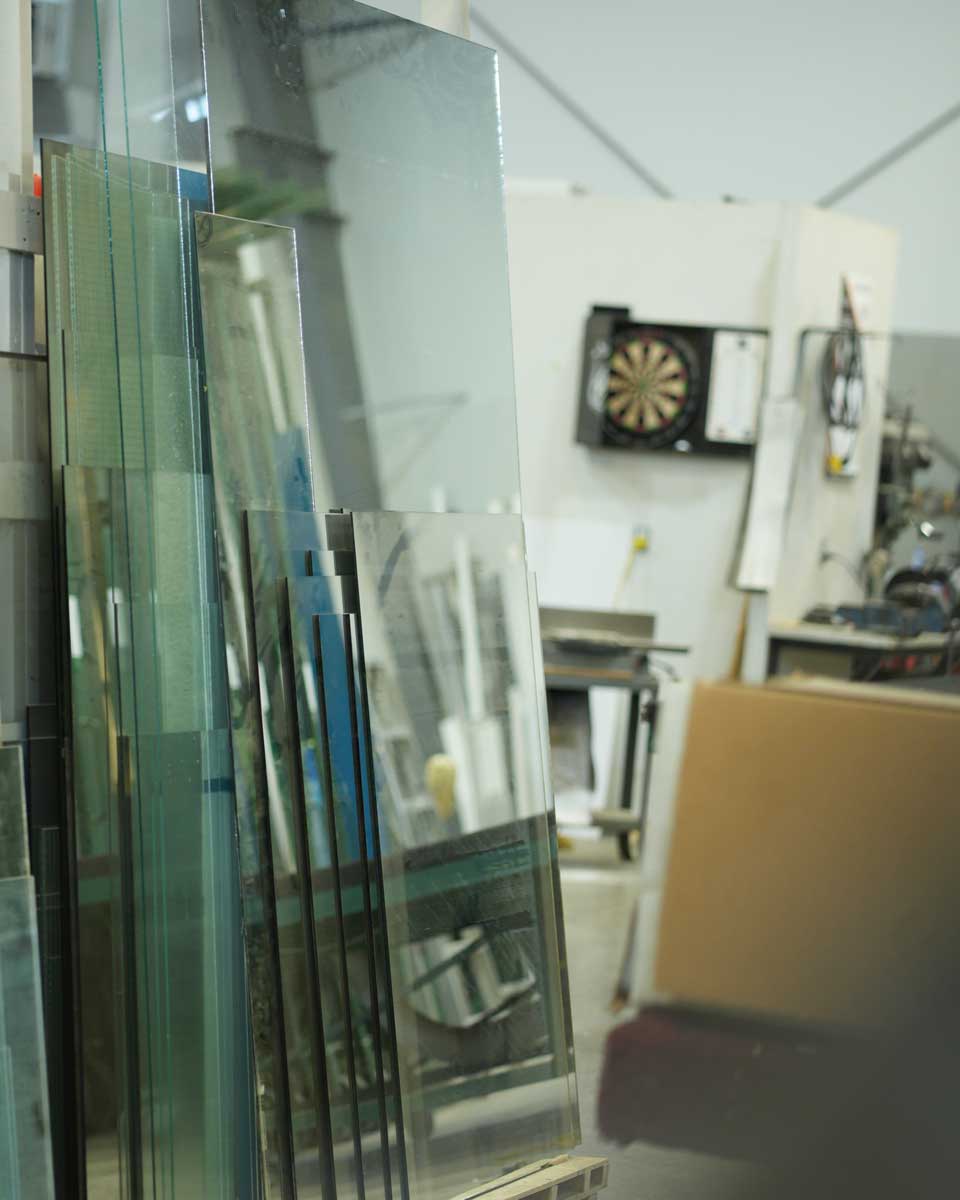
Heat Treated & Tempered
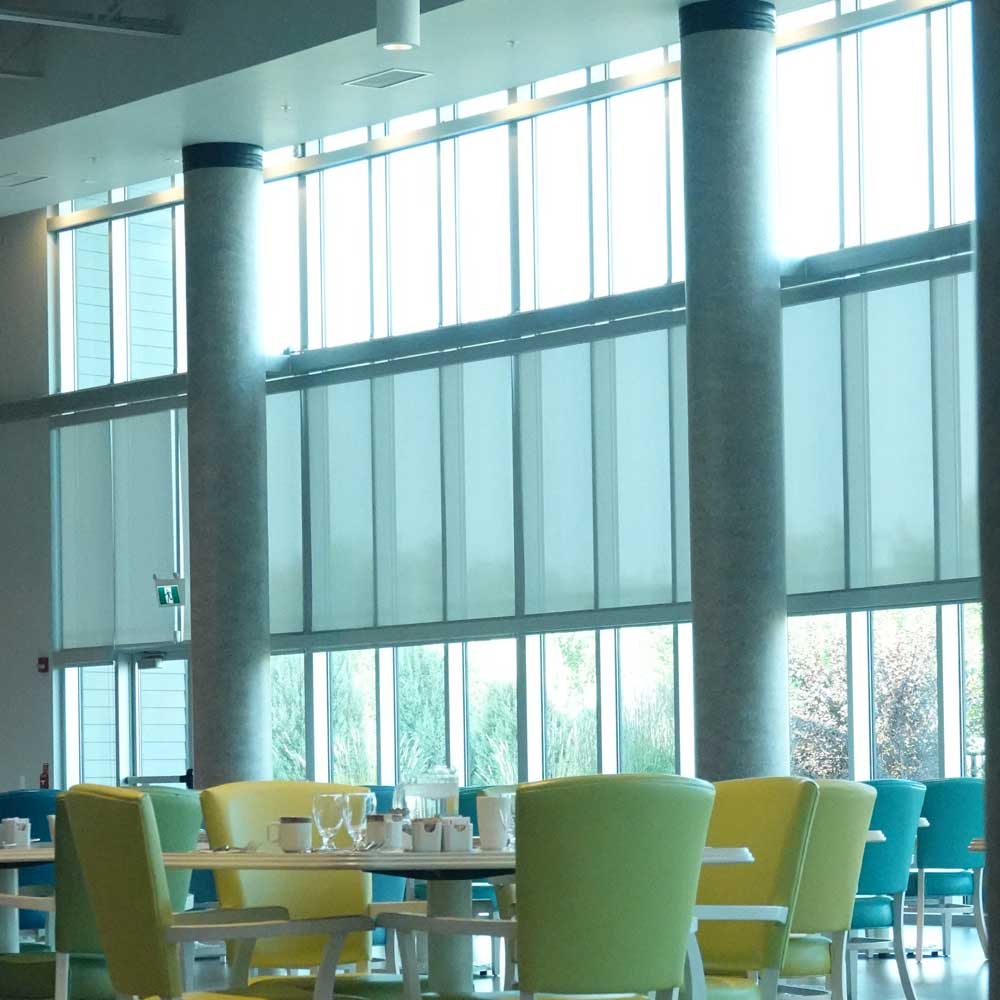
Laminated
By definition, laminated glass refers to multiple layers of glass that have been attached together, typically with a layer of PVB in the centre. Through the use of heat and pressure, these multiple pieces of glass are combined to form a single glass pane with enhanced strength and durability.
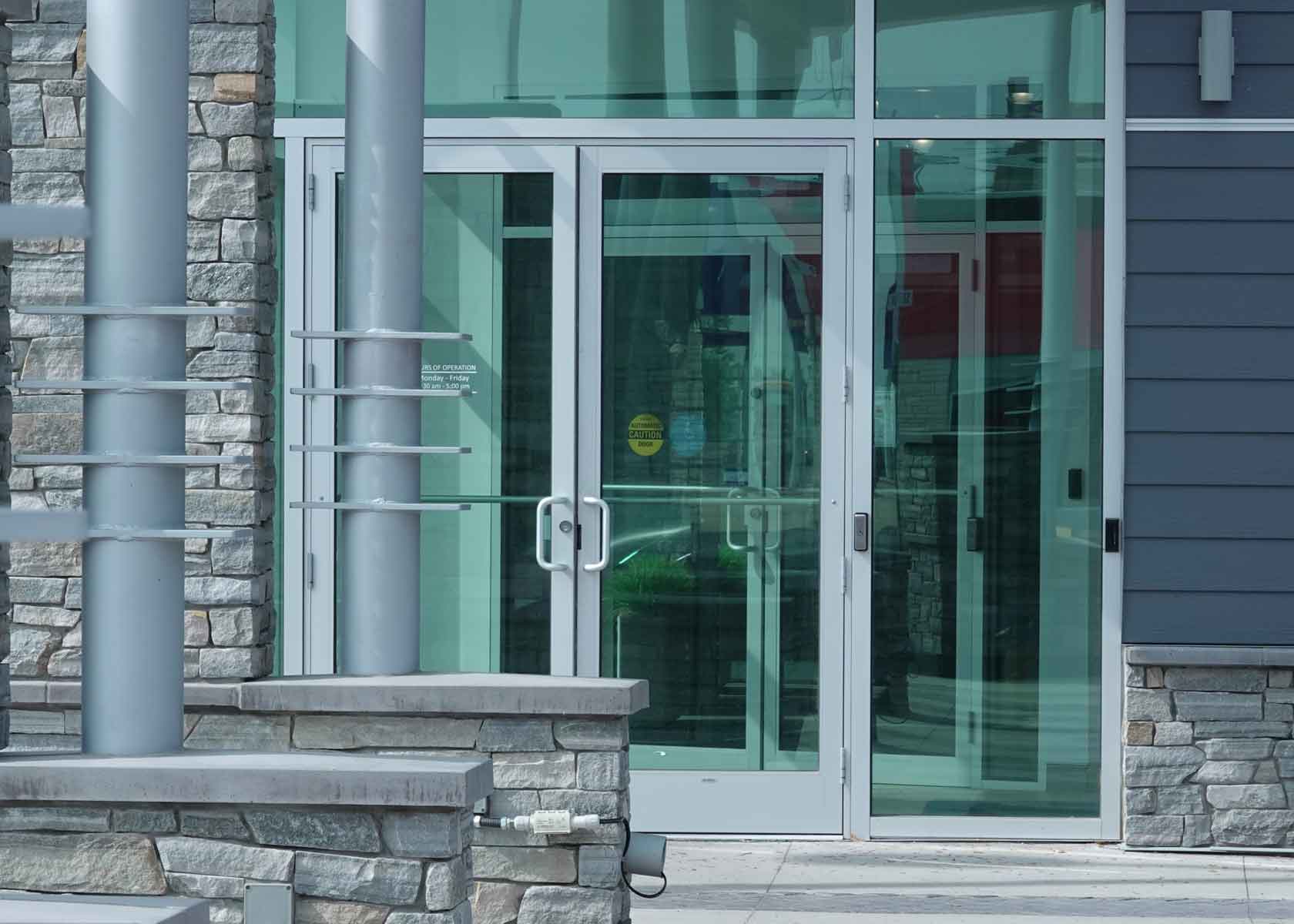
Insulated Glass Units (IGU)
Insulated glass units (IGUs) prevent heat loss through your glass doors and windows. The units consist of two panes of glass separated by an inert gas. The insulating layer provided by the gas between the windowpanes diffuses heat transfer. Most modern homes and buildings use insulated glass.
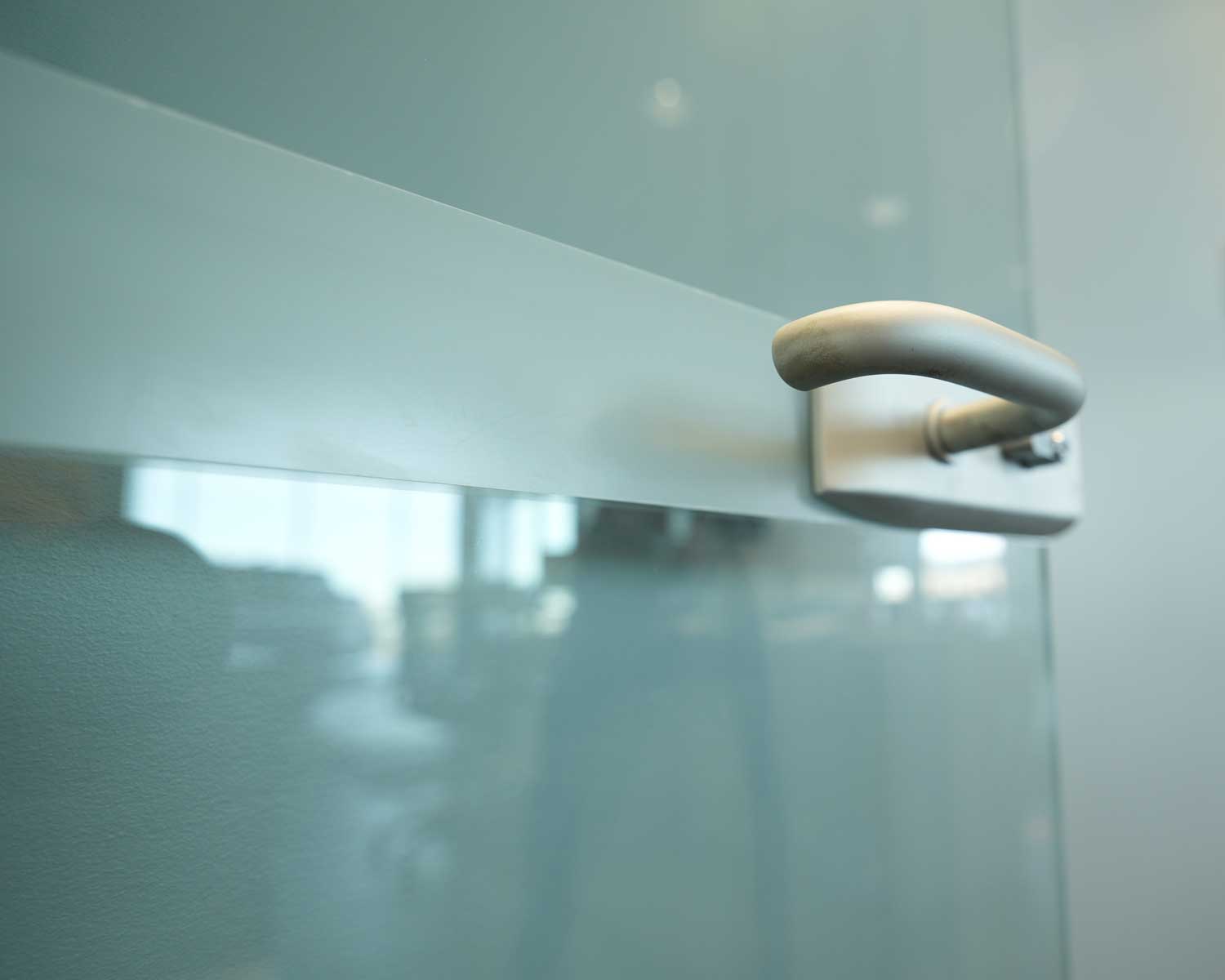
Spandrel Glass
Unlike vision glass, which is meant to be transparent, spandrel glass is designed to be opaque in order to help hide features between the floors of a building, including vents, wires, slab ends and mechanical equipment.

Silkscreened Glass
Silk screen glass also called silk printing glass, ceramic frit glass, or ceramic printing glass. It is processed inorganic glaze (also known as ink), printed on the surface of the glass, and then toughened or heat-strengthened after drying, the glaze is permanently sintered on the surface of the glass and get decorative glass products.
The glaze used in silk screen glass is generally inorganic color and low melting point glass, in the process of tempering and sintering, the glaze is fused to the surface of the glass, so it has a stable color, not easy to fade, the glaze layer is strong and not easy to fall off, and can be achieved with the building life.

Bird Friendly Glass
Simple decals can help birds distinguish see-through surfaces, although decals are not permanent and can be difficult to implement on large structures with a lot of glass. As an alternative, permanent patterns can be applied to glass with ceramic frit—the frit can be silk-screened on the glass, so that virtually any design can be incorporated. Although frit glass is usually installed to afford privacy or increase energy efficiency (by decreasing solar heat gain), frit can also make glass more visible to birds.

Mirror
Mirror glass doesn’t have to be normal. It can be colored, frosted, antiqued (made to appear aged), laminated and beveled.
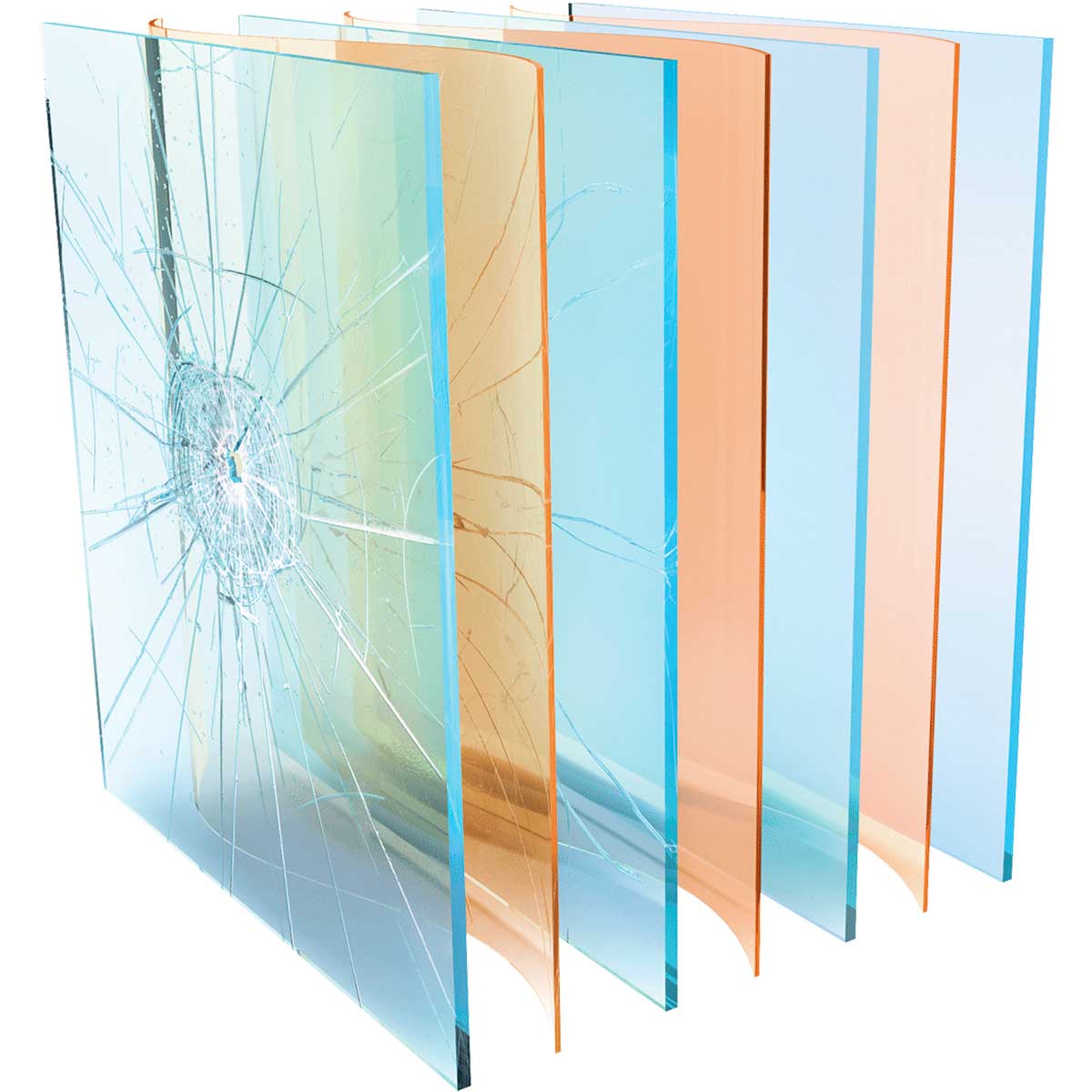
Bullet Resistant Glass
From BB guns to large ammunition, there are many different classifications of glass to help provide safety.




